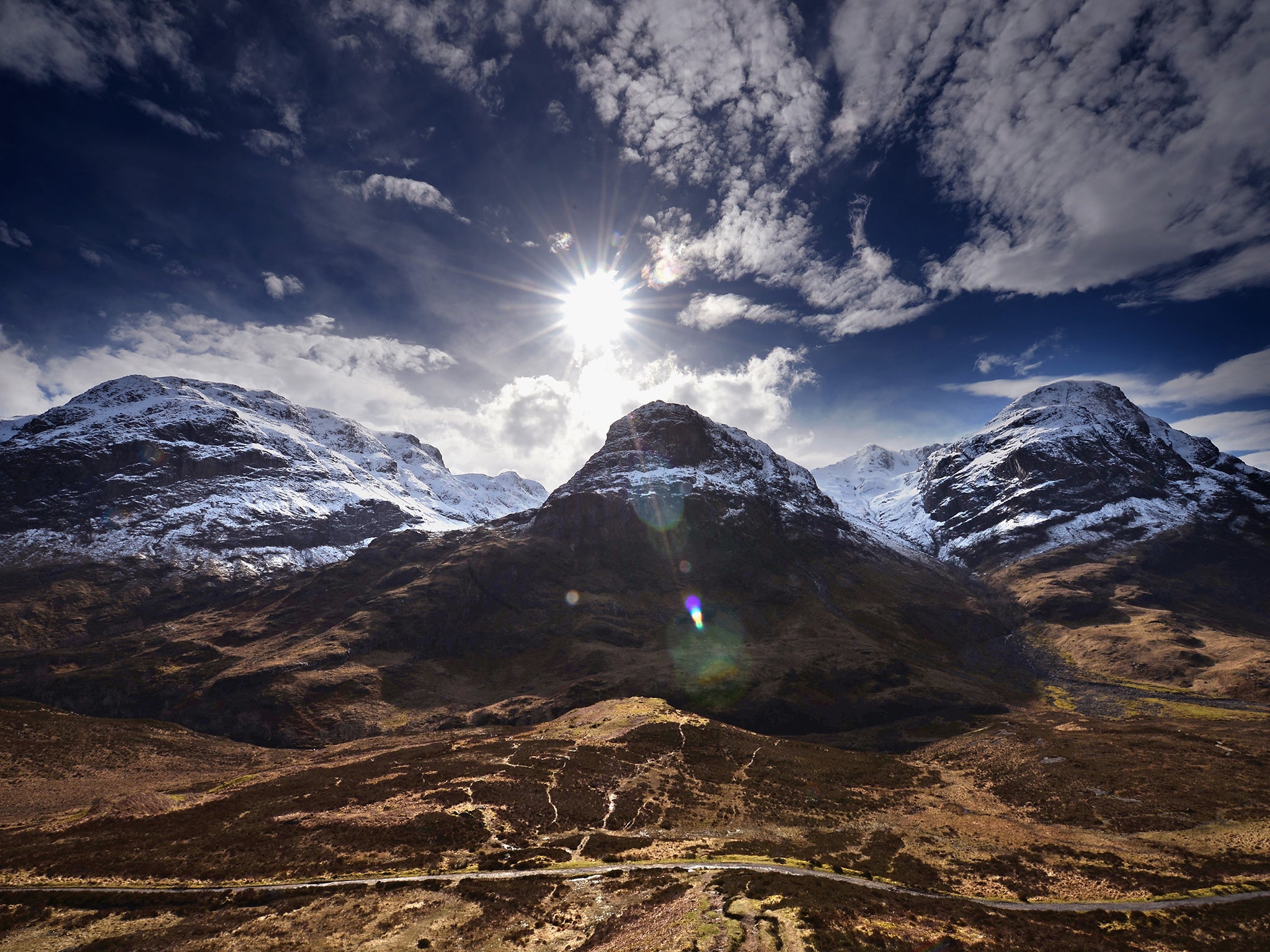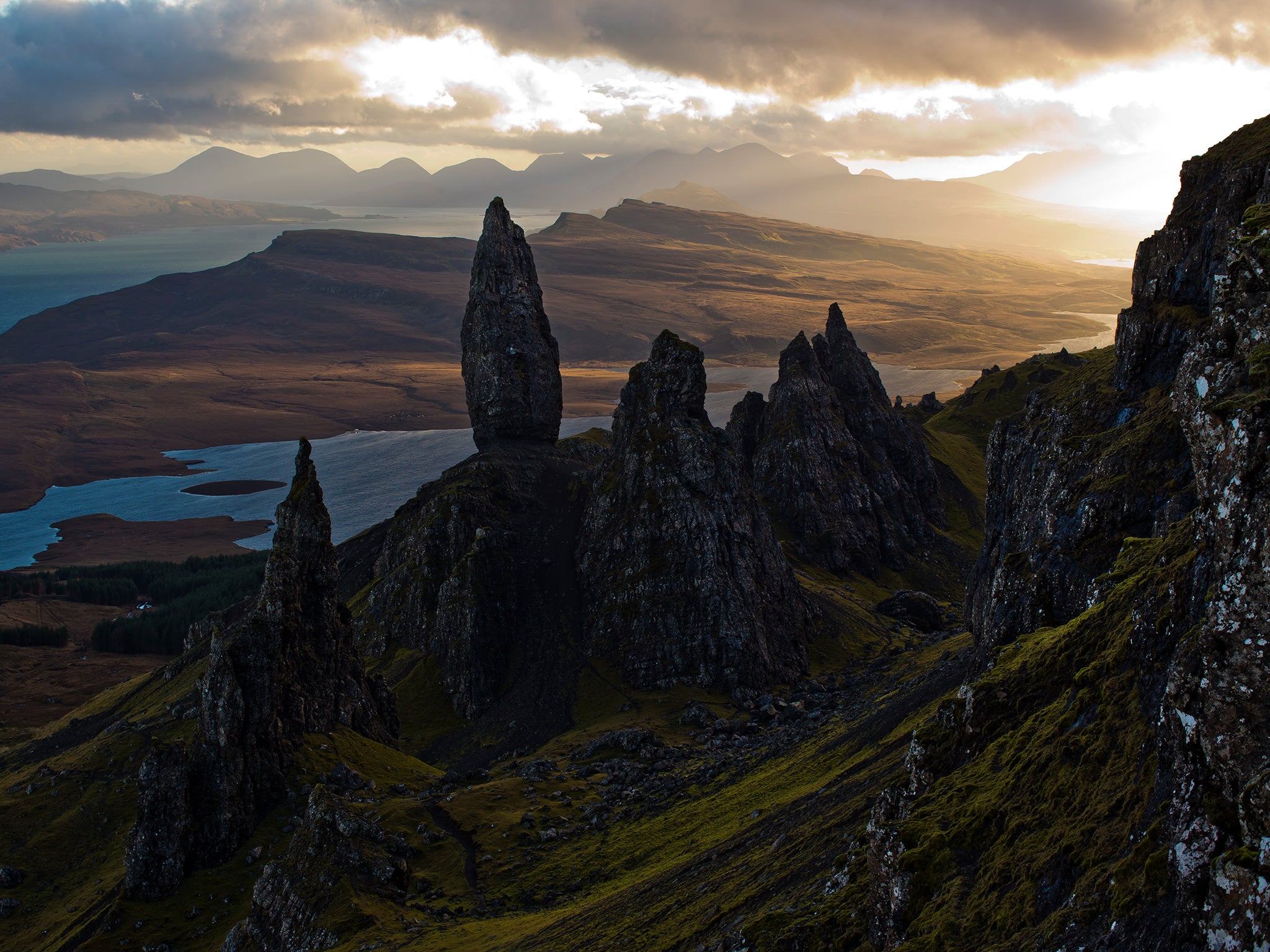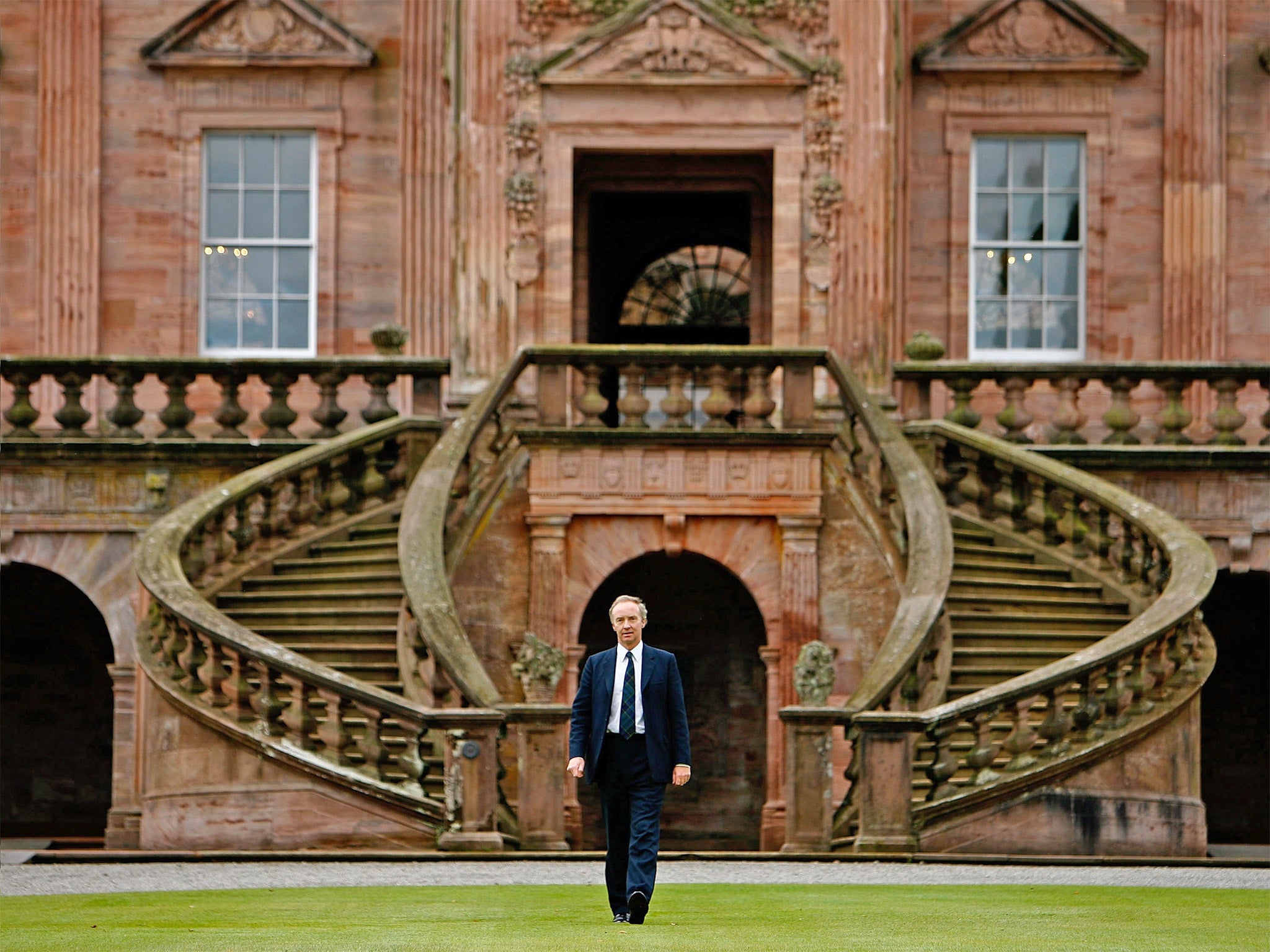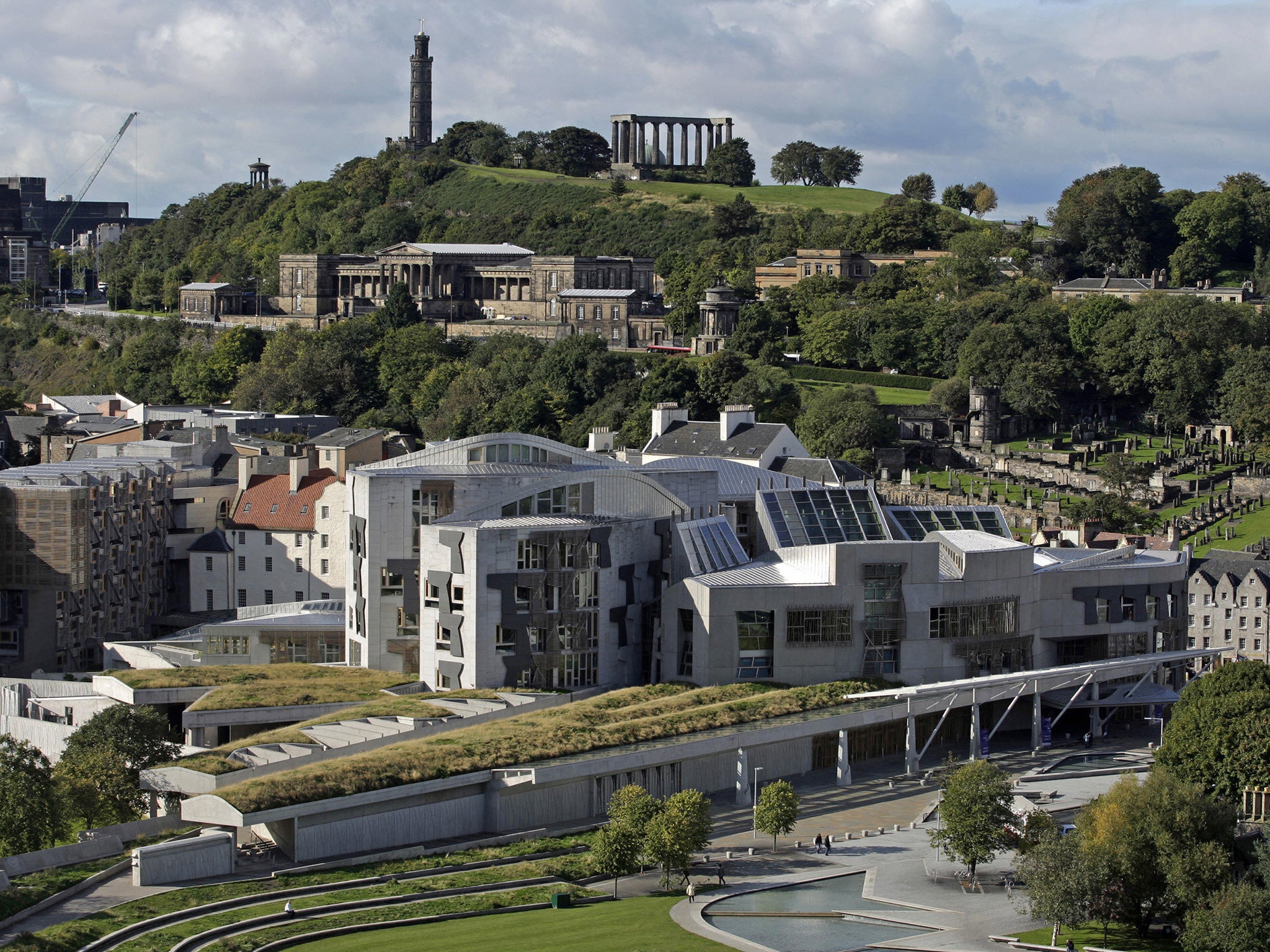SNP-led Scottish Government unveils radical plans to tackle land ownership inequality
The proposals have been met with dismay by some of Scotland's landowners

Your support helps us to tell the story
From reproductive rights to climate change to Big Tech, The Independent is on the ground when the story is developing. Whether it's investigating the financials of Elon Musk's pro-Trump PAC or producing our latest documentary, 'The A Word', which shines a light on the American women fighting for reproductive rights, we know how important it is to parse out the facts from the messaging.
At such a critical moment in US history, we need reporters on the ground. Your donation allows us to keep sending journalists to speak to both sides of the story.
The Independent is trusted by Americans across the entire political spectrum. And unlike many other quality news outlets, we choose not to lock Americans out of our reporting and analysis with paywalls. We believe quality journalism should be available to everyone, paid for by those who can afford it.
Your support makes all the difference.The question of who holds the rightful claim to Scotland’s majestic glens, lochs and mountains is almost as old as the country itself, with the debate over land ownership north of the border resulting in much bloodshed over the centuries.
It is a thorny subject for the SNP-led Scottish Government to tackle. But ministers have finally published radical plans aimed at widening the ownership of land across the country, which could result in currently private estates being taken away from landowners and handed to local communities.
Ministers at Holyrood say the proposals contained in the Land Reform Bill will go some way to addressing the inequality of land ownership in Scotland. According to some estimates half of the country’s private land is controlled by just 432 different owners, while the three biggest private landowners hold almost half a million acres between them.

The proposals have been met with dismay by some of the country’s landowners, notably Viscount Astor, the stepfather of Samantha Cameron, whose family owns the 20,000-acre Tarbert Estate on the island of Jura off Scotland’s west coast. Last month he described the plans as a “Mugabe-style land grab” which would wrest estates away from landowners and leave communities in the Highlands worse off.
The Bill, which has yet to be debated by MSPs at Holyrood, will also end the tax relief enjoyed by the owners of shooting and deerstalking estates, who ceased paying business rates in 1994 after being given an exemption by John Major’s Conservative government. Landowners have claimed re-introducing the tax could make some estates unprofitable and lead to unemployment.
The SNP has suggested that the money raised from scrapping the exemption could be pumped into the Scottish Land Fund, which is used to help support community buyouts of land, increasing its annual budget from £3m to £10m. A Scottish Land Reform Commission will also be established, to recommend further changes to land laws.
Andy Wightman, the land reform campaigner and author of Who Owns Scotland, said the changes were long overdue and could easily be applied across the rest of Britain. “Scotland is a very old nation, but a very unmodern one,” he said.
“We’ve never really settled down as a modern democracy to say ‘Look, we’ve got all this land, how should it be owned and used, how should it be governed, what kind of stake should people have in it?’ Other countries in Europe had that debate 150 or 200 years ago.”

The reforms follow hot on the heels of another important piece of land legislation passed by Holyrood last week. The Community Empowerment Bill gives local groups powers to take over vacant and derelict plots of land in towns and cities – with some arguing that these changes are actually more significant than the Land Reform Bill.
The second piece of legislation has perhaps gained more attention due to the profile of those who have spoken out in protest. The Duke of Buccleuch, Scotland’s largest private landowner, said the plans filled him with “absolute dismay” and that he intended to reduce the size of his estates in response. “Over the next five or 10 years I think we will reduce our exposure to land,” he added.
Former Scottish Secretary Lord Forsyth has also criticised the reforms, arguing that big sporting estates did the country an “enormous service” by maintaining employment in remote areas and that the status quo “worked well to the advantage of Scotland”.

David Johnstone, chairman of Scottish Land & Estates, which represents landowners across Scotland, said the reforms would result in “fundamental and far-reaching” changes to the way that land is managed and owned in Scotland and would not just affect the wealthy.
“Land reform campaigners continually say that too much land is owned by too few people. In reality, this legislation will have an impact on tens of thousands of people across Scotland who own and manage all sorts and sizes of land holdings,” he said.
The group is most concerned about the “right to buy” part of the reforms, which it says will effectively hand ministers in Edinburgh the power to remove property from a landowner if they are judged to be blocking development. It is this proposed change which has prompted accusations of an SNP “land grab”.
However, the Bill says this would only occur if a local community can convince ministers that removing the property from the landowner was likely to result in “significant benefit” to the public, and was the “only practicable way” of achieving this.
Land Reform Minister Aileen McLeod said the Bill was designed to ensure that the country’s land is “used in the public interest” and could be accessed by future generations for affordable food, housing and energy.
“At the heart of these proposals is the principle of responsibility that comes with all land ownership, and while there are many exemplary landowners in Scotland, the message is clear: it is no longer acceptable to own land in Scotland and not take the public responsibilities that come with that ownership seriously,” she added.
Scotland's landowners
The Duke of Buccleuch
Both the UK and Scotland’s largest private landowner, Richard Scott chairs the family trust-controlled Buccleuch Estates, which owns at least 220,000 acres north of the border. Its holdings include the 17th century Drumlanrig Castle in Dumfries and Galloway, one of Scotland’s finest stately homes.
Anders Holch Povlsen
The Danish billionaire owns 150,000 acres of land in Scotland, including the 24,000-acre Ben Loyal and 18,000-acre Kinloch estates in Sutherland, making him the country’s second largest private landowner. He is the CEO of European fashion company Bestseller, which was founded by his parents in 1975.
Captain Alwyne Farquharson
The 16th laird and chieftain of the Clan Farquharson owns around 120,000 acres of Scottish land at Invercauld in Aberdeenshire, including a 26,000-acre grouse moor around Braemar Castle which is managed by the local community. Situated close to Balmoral, it featured in the 2006 film The Queen.
Join our commenting forum
Join thought-provoking conversations, follow other Independent readers and see their replies
Comments